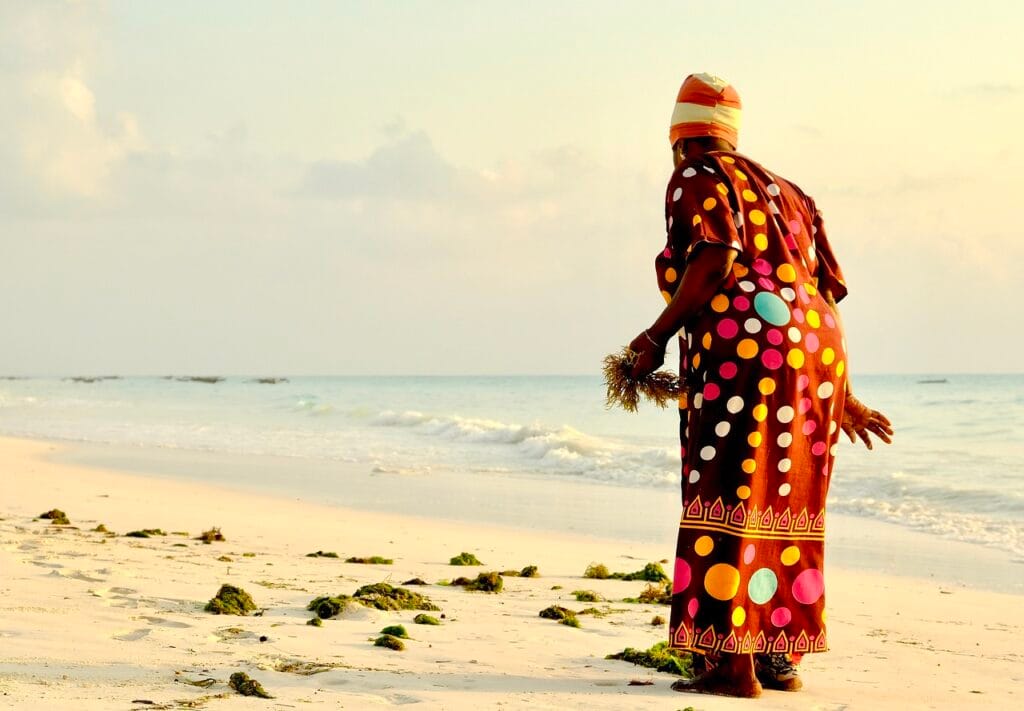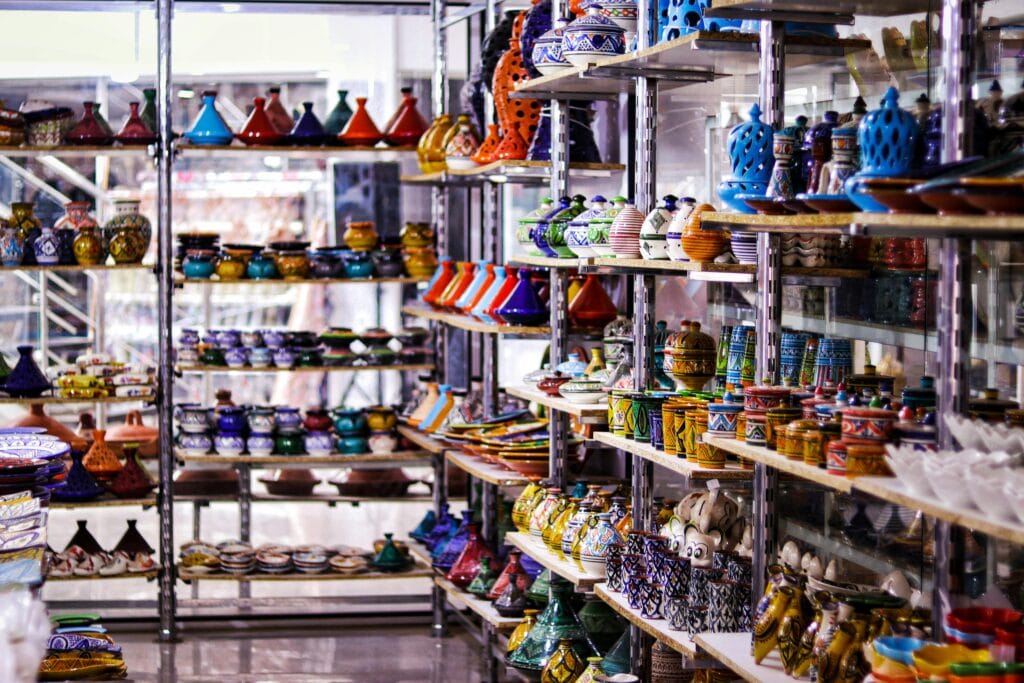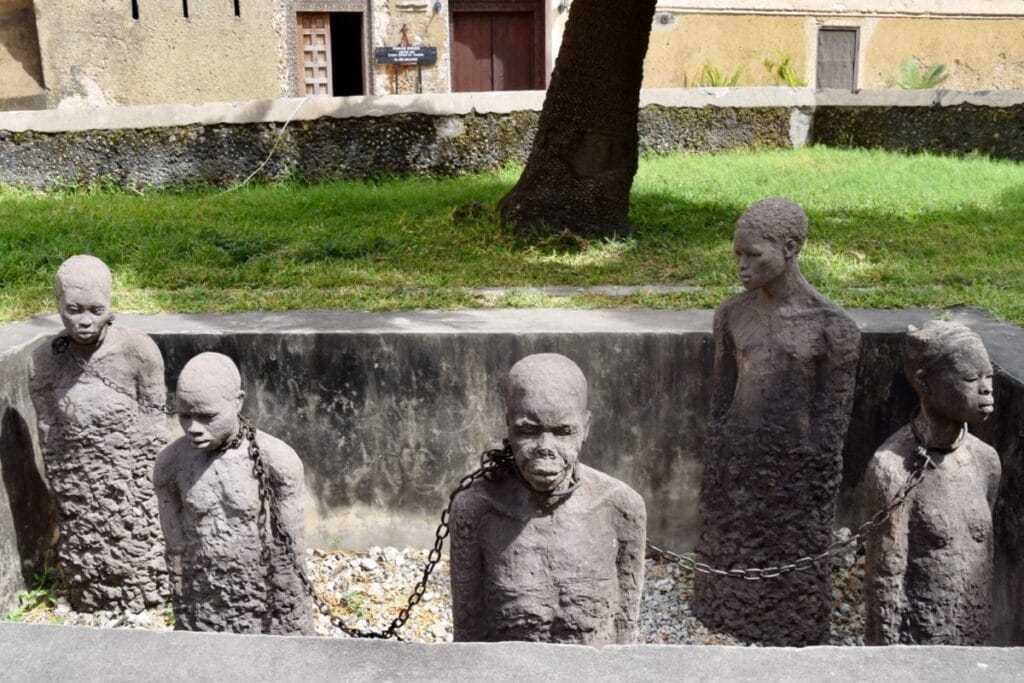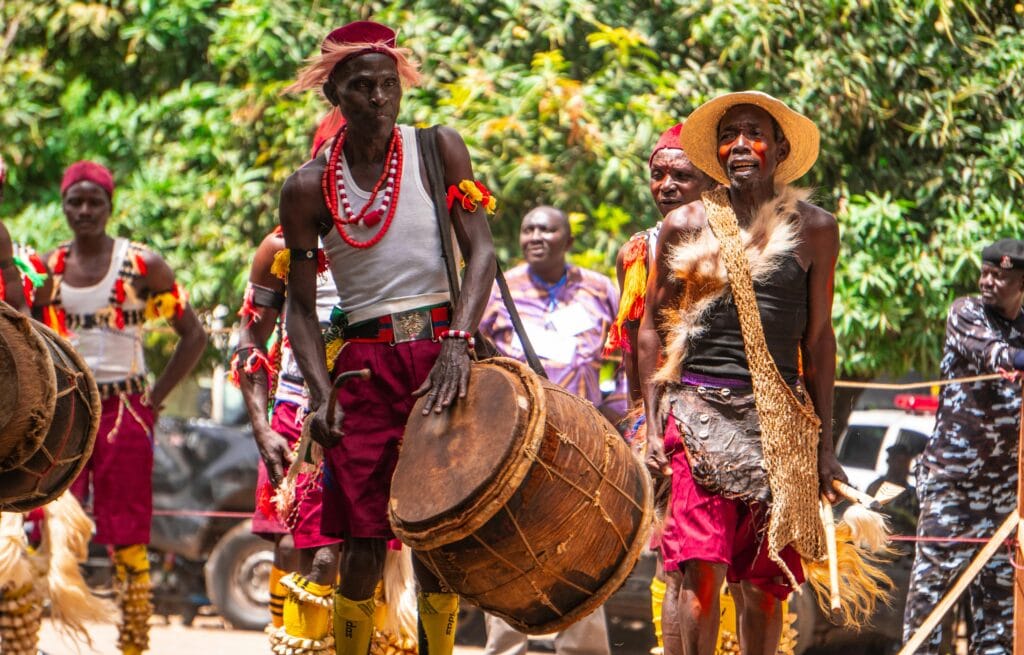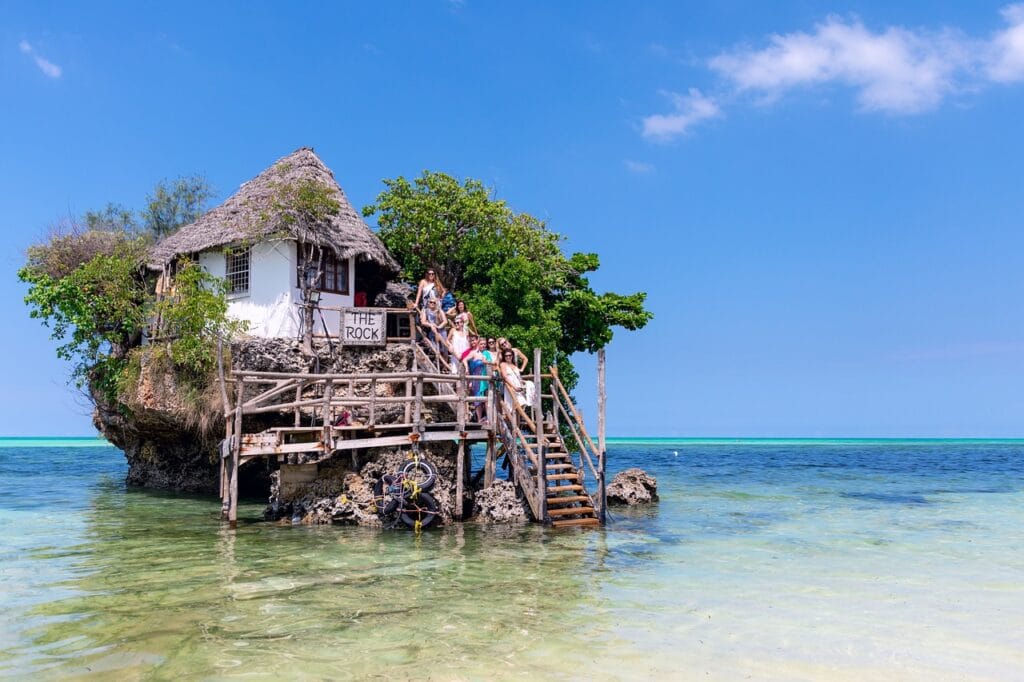Zanzibar’s role in the spice trade history
Zanzibar, often referred to as “The Spice Island,” has a long and storied history as a key player in the global spice trade. Positioned in the Indian Ocean off the coast of East Africa, the island became an essential hub for the trade of spices such as cloves, nutmeg, cinnamon, and black pepper. Its strategic location, favorable climate, and historical connections with traders from the Arabian Peninsula, India, and Europe made it a central point in the spice trade for centuries. Today, Zanzibar’s spice plantations, markets, and historical sites stand as a testament to this vibrant chapter in the island’s past. The Arrival of Spices in Zanzibar Spices have been cultivated on Zanzibar for over a thousand years. The island’s favorable climate, with its fertile soil and tropical environment, made it an ideal location for growing a variety of spices. While indigenous plants such as cloves were native to the island, other spices like nutmeg and cinnamon were introduced by early Arab traders. The island became particularly known for its vast production of cloves, which would go on to become the spice most closely associated with Zanzibar. Zanzibar Under Arab Influence In the 9th century, Arab traders began to establish settlements on Zanzibar, and by the 12th century, Zanzibar had become an important part of the Swahili Coast trading network. The Arabs introduced new farming techniques and a variety of crops, including spices, which flourished in the island’s tropical climate. Zanzibar quickly became a central point for the exchange of spices between the East African coast, the Middle East, and India. By the 19th century, Zanzibar’s spice production had reached new heights, particularly with cloves. The island was known to have some of the finest cloves in the world, and the spice trade flourished under the control of the Omani Arabs who ruled Zanzibar at the time. They brought in labor from neighboring regions, and the spice plantations grew rapidly, contributing to the island’s wealth. Zanzibar and the Global Spice Trade Zanzibar’s role in the global spice trade became particularly significant during the 19th century when it was under the control of the Sultanate of Oman. The Omani Arabs established Zanzibar as the primary export center for spices to Europe, the Middle East, and Asia. The demand for cloves, nutmeg, and cinnamon skyrocketed, and Zanzibar became the world’s leading producer of cloves. The spice trade was a key economic driver, and the profits generated from the export of these spices played an important role in shaping the island’s economy and society. The growth of spice plantations was built on the backs of enslaved people, as labor was needed for the harvesting and processing of these crops. The Decline of the Spice Trade In the late 19th and early 20th centuries, Zanzibar’s role in the spice trade began to decline. The arrival of European powers, particularly the British, led to the decline of the Omani influence on the island. During this time, the spice trade became less profitable due to increased competition from other regions, including the larger plantations in Indonesia and India. Despite the decline in global demand, Zanzibar’s spice industry continued to thrive on a smaller scale, and local cultivation persisted. Today, cloves are still grown on the island, and Zanzibar’s spice trade is a vital part of its cultural heritage. Zanzibar’s Spice Farms Today Modern-day Zanzibar still bears the marks of its spice trade history. The spice farms on the island continue to produce cloves, nutmeg, cinnamon, and other spices, though on a more limited scale compared to the heyday of the spice trade. Many of these farms now operate as tourist attractions, offering visitors guided tours to explore the islands’ agricultural heritage. Spice Tours: These tours offer a deep dive into the cultivation process of Zanzibar’s famous spices. Visitors can see the plants up close, taste fresh spices, and learn about the island’s role in the global spice trade. Future African Safari Experience: As part of your Zanzibar experience, Future African Safari offers guided spice tours that provide a glimpse into the island’s rich spice trade history and cultural significance. Legacy of the Spice Trade Zanzibar’s spice trade history has left an indelible mark on the island’s culture, economy, and architecture. The blend of African, Arab, and European influences that came through the spice trade shaped Zanzibar into the unique and diverse destination it is today. The island’s historical sites, like the House of Wonders, the Old Fort, and the Spice Farm museums, showcase the cultural richness that the spice trade brought to Zanzibar. Zanzibar’s spice trade history also continues to influence local cuisine. Spices such as cloves, cinnamon, and cardamom remain staples in Zanzibari cooking, used in dishes like pilau rice, biryani, and local teas. The aromas of these spices fill the air in markets and homes, reminding visitors of the island’s centuries-old connection to the spice trade. Zanzibar’s role in the spice trade is not just a chapter of the past but an ongoing story that shapes the island’s identity. Whether you’re exploring a spice farm, savoring local dishes, or learning about its rich history through guided tours, Zanzibar offers a unique and flavorful journey into the past. Future African Safari can help you uncover the island’s spice trade legacy, combining history with sensory experiences that make Zanzibar a truly remarkable destination. Customize Your Adventure Kilimanjaro 3 tours Safari 9 tours Zanzibar 3 tours


